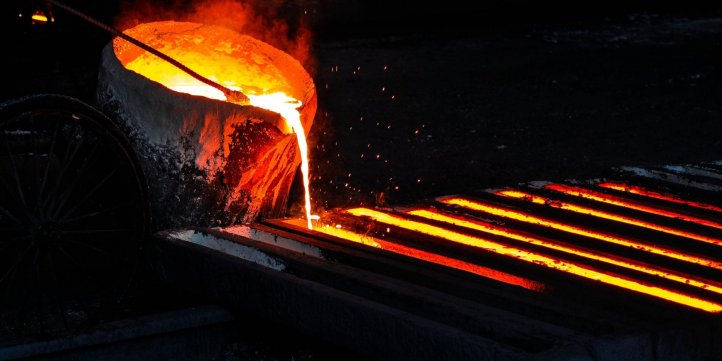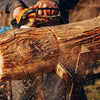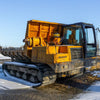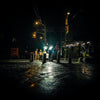How to Stay Safe When Working With Molten Metal

Within foundries and steelworks, there are many risks associated with working with molten metal. These risks can be as minor as splashes as the result of a small spillage, or as major as a significant explosion. The good news is that there are many ways to minimise these risks, and ensure you’re working safely when handling molten metal.
Understanding PPE
Perhaps the most effective way to minimise risk is to understand what sort of personal protective equipment should be worn when working with molten metal. While a BS EN ISO 11612 certification is essential (this demonstrates that the garment meets requirements for protection against heat and flame), there is another aspect that it’s important to look out for, but this aspect will depend on what metals you’re handling.
There are 2 clothing codes that are important to understand: D, which shows protection against molten aluminium, and E, which shows protection against molten iron. In both cases, the letter will be accompanied by a number between 1 and 3, with 1 being the lowest level of protection and 3 being the highest. The different levels offer protection against 100g – 350g and 60g – 200g metal splash for aluminium and iron respectively.
Typically, PPE for molten metal work will advertise the target metal protection in the description, such as this aluminium splash jacket or this iron splash trouser. However, it’s vital that you don’t go by description alone but take a small amount of time to really check the properties of available garments. The Tecwear Class II Weld Boilersuit, for example, is D3 and E3 rated, offering the highest level of protection for both metals.
More Ways to Stay Safe
Along with understanding the most appropriate PPE for working with molten metal, there are many other ways that you can keep yourself safe on-site. Staying dry is absolutely essential to avoid explosions through water contamination, so it is important to store scraps in a dry place, or dry thoroughly if this is not possible. All tools should also be visually checked for moisture before use, and non-essential personnel should be kept clear of the area, especially as even the highest quality personal protective equipment may not provide 100% protection against the more severe explosions.
It’s also important to properly maintain your space, tools, and materials. According to the Health & Safety Executive, 16% of all accidents in molten metal industries are caused by slips and trips, so flooring, cleaning, organisation, and footwear should all be primary considerations. Additionally, all tools and equipment should be checked regularly, including furnaces and ladles, to minimise the risk of equipment failure.
The Key to a Safe Workplace
Ultimately, the foundations of a safe workplace lie in education. Employers have a legal responsibility to ensure that anyone working with molten metals has received the necessary information, training, and instruction to operate safely, and has been provided with suitable PPE for the dangers identified through a full risk assessment.





